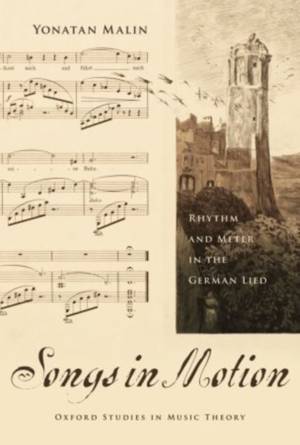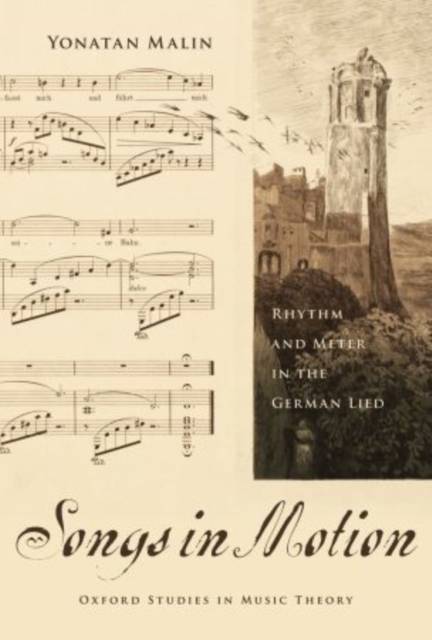
- Retrait gratuit dans votre magasin Club
- 7.000.000 titres dans notre catalogue
- Payer en toute sécurité
- Toujours un magasin près de chez vous
- Retrait gratuit dans votre magasin Club
- 7.000.000 titres dans notre catalogue
- Payer en toute sécurité
- Toujours un magasin près de chez vous
Description
Qualities of motion and emotion in song come from poetic images, melody, harmony, and voice leading, but they also come from rhythm and meter-the flow and articulation of words and music in time. This book explores rhythm and meter in the nineteenth-century German Lied, including songs for voice and piano by Fanny Hensel née Mendelssohn, Franz Schubert, Robert Schumann, Johannes Brahms, and Hugo Wolf. The Lied, as a genre, is characterized especially by the fusion of poetry and music. Poetic meter itself has expressive qualities, and rhythmic variations contribute further to the modes of signification. These features often carry over into songs, even as they are set in the more strictly determined periodicities of musical meter. A new method of declamatory-schema analysis is presented to illustrate common possibilities for setting trimeter, tetrameter, and pentameter lines. Degrees of rhythmic regularity and irregularity are also considered. There has been a wealth of new work on metric theory and analysis in the past thirty years; here this research is reviewed and applied in song analysis. Topics include the nature of metric entrainment (drawing on music psychology), metric dissonance, hypermeter, and phrase rhythm. Whereas narrative accounts of the nineteenth-century Lied typically begin with Schubert, here forms of expansion and elision in songs by Hensel provide a point of departure. Repetition links up directly with motion in songs by Schubert, including his famous "Gretchen am Spinnrade." The doubling and reverberation of vocal melody creates a form of interiorized resonance in Schumann's songs. Brahms and Wolf are typically understood as polar opposites in the later nineteenth century; here the differences are clarified along with deeper affinities. Songs by both Brahms and Wolf may be understood as musical performances of poetic readings, and in this regard they both belong to a late period of cultural history.
Spécifications
Parties prenantes
- Auteur(s) :
- Editeur:
Contenu
- Nombre de pages :
- 256
- Langue:
- Anglais
- Collection :
Caractéristiques
- EAN:
- 9780195340051
- Date de parution :
- 26-05-10
- Format:
- Livre relié
- Format numérique:
- Ongenaaid / garenloos gebonden
- Dimensions :
- 165 mm x 236 mm
- Poids :
- 521 g







